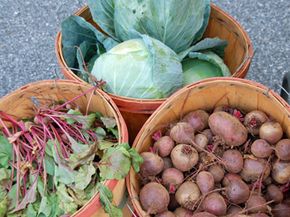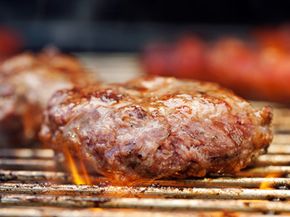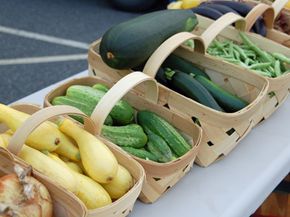Ah, dessert! The highly-anticipated closing statement of the meal, desserts and pastries are an art form all to themselves. The folks at Brasserie T in Chicago recommend choosing a dessert for flavor instead of form, but that's easy for them to say. Co-owner Gail Gand is a pastry chef. All of their offerings are gorgeous.
"A pastry chef has to combine the skills of a jeweler, a physicist, a chemist, an artist, a perfumer, and an assembly-line worker," she writes in the introduction of "butter sugar flour eggs," a book she co-authored with her husband and restaurant partner Rick Tramonto and food writer Julia Moskin.
For this memorable finishing touch to your meal, don't be afraid to do what Couch Restaurants at the University of Oklahoma do: Call in the experts. With seating capacity for 750 customers at a time, the award winning, cook-to-order eatery serves about 3,000 meals each day during the school year [source: University of Oklahoma]. But when it comes to dessert, they contract with a local bakery to provide a suite of delicacies for their bakery case that's as irresistible to the eye as it is to the palate.
"We offer many fantastic from-scratch desserts developed in our own bake shop in Couch Restaurants," said Lauren Royston, Marketing and Public Relations Specialist for University of Oklahoma Housing and Food Services, "but when you have a local resource like La Baquette at your fingertips, it makes sense for us to use some of their products to complement our own."
You've worked hard enough on this meal. When it comes time for dessert, let the pros do the heavy lifting. All you'll need to do is serve, smile and accept the compliments.




